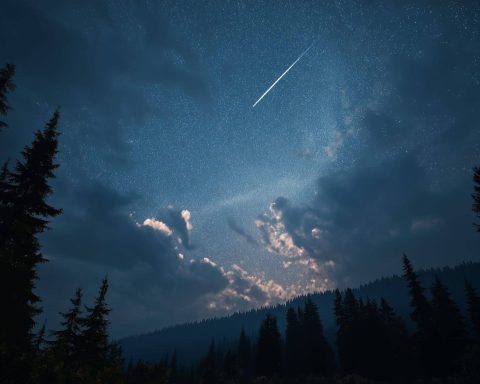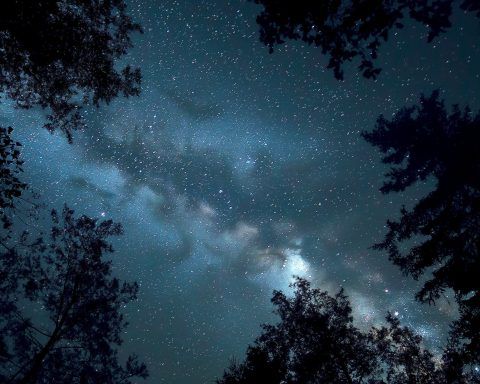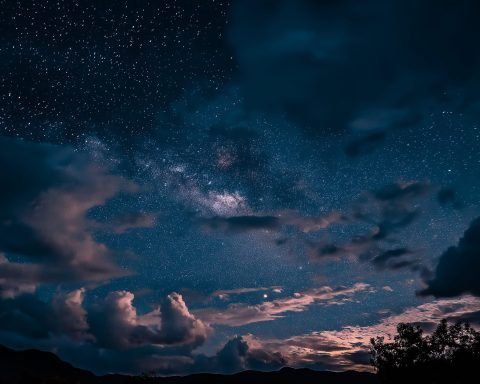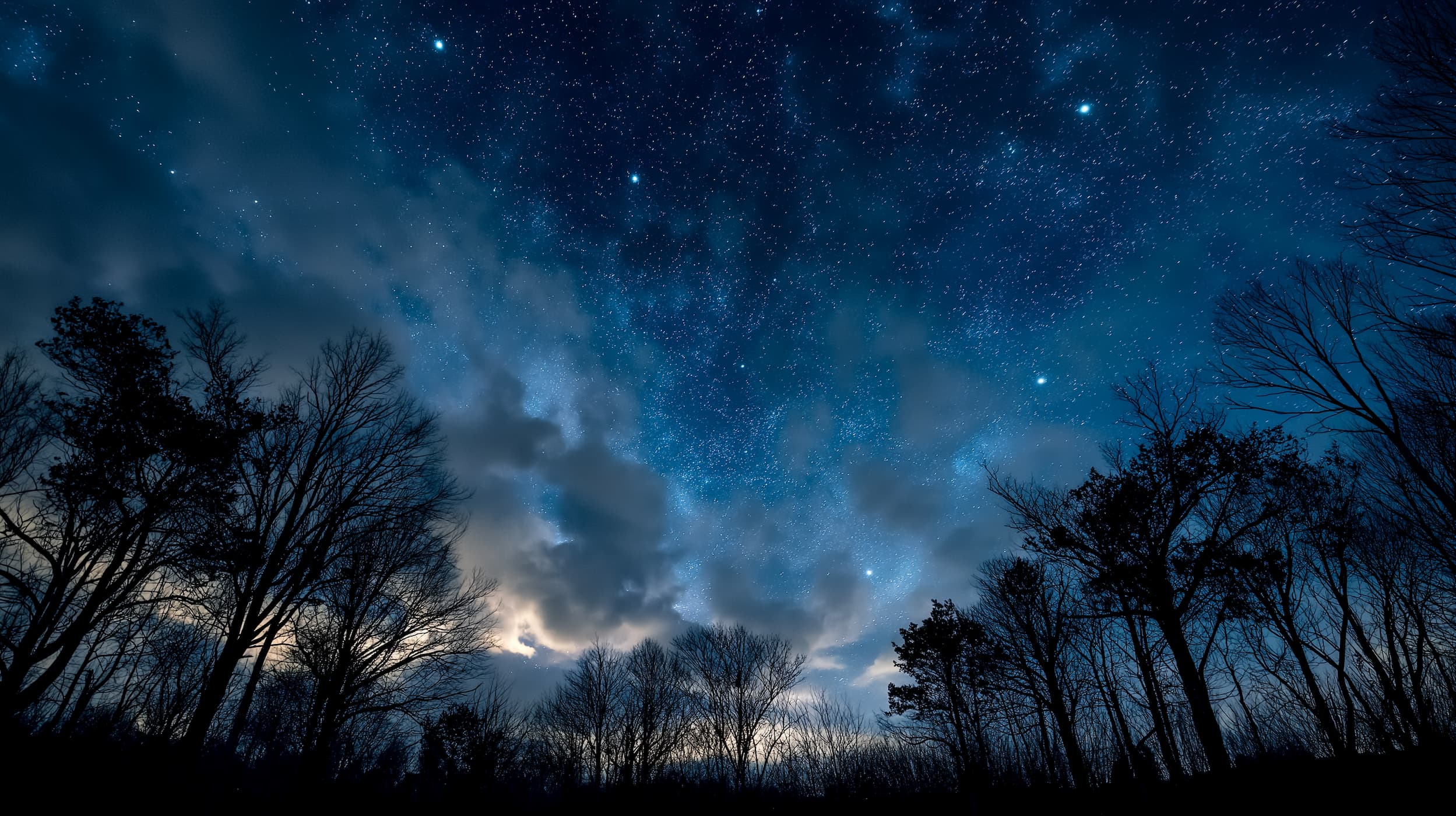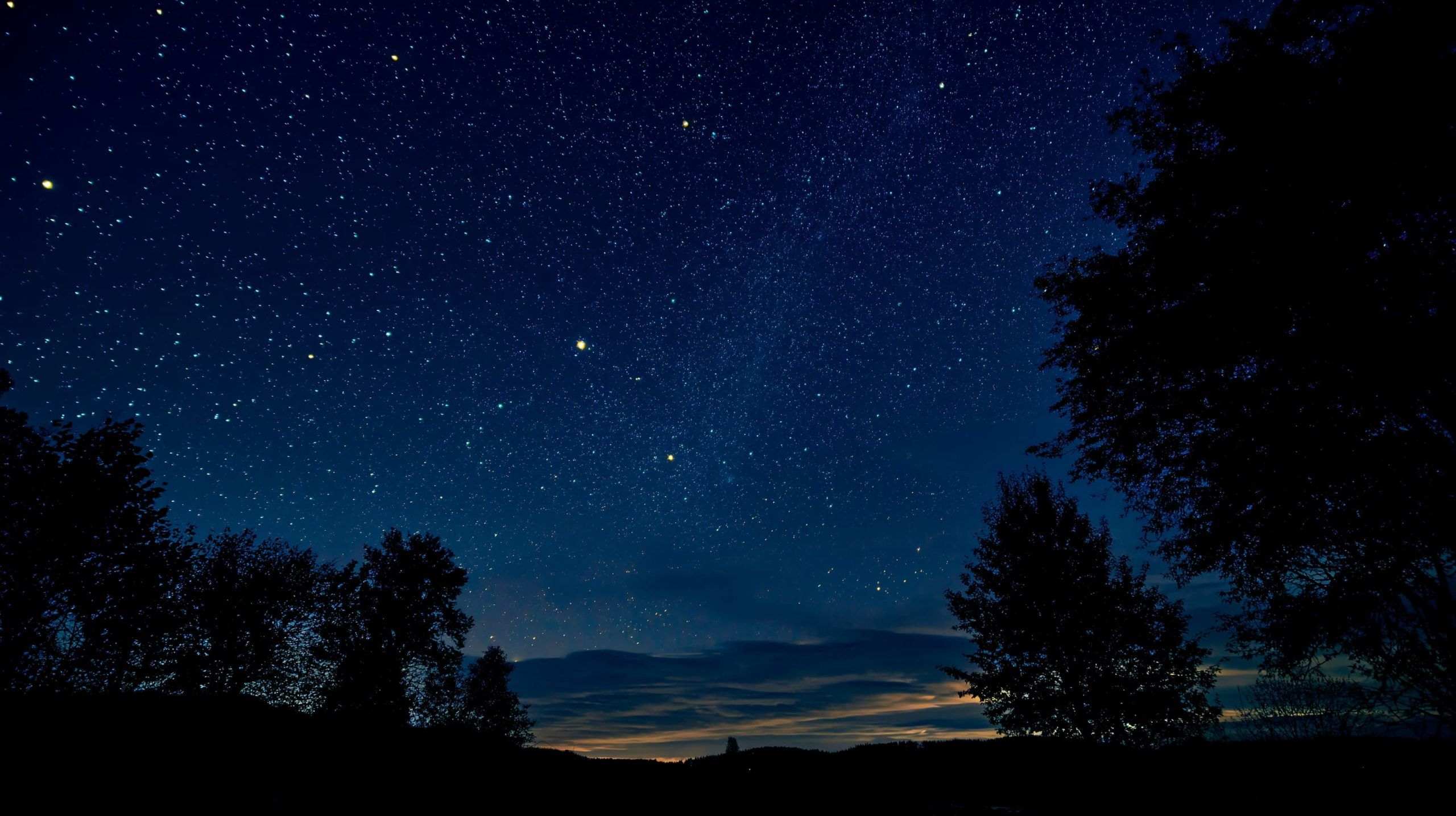
Night Sky Tonight December 17, 2025: Moon Phase, Planets, Meteor Showers and Today’s Space News
If you’ve been waiting for a truly dark December evening to step outside and let your eyes drink in the stars, tonight is one of the best opportunities of the month. The Moon is in a very thin waning crescent
